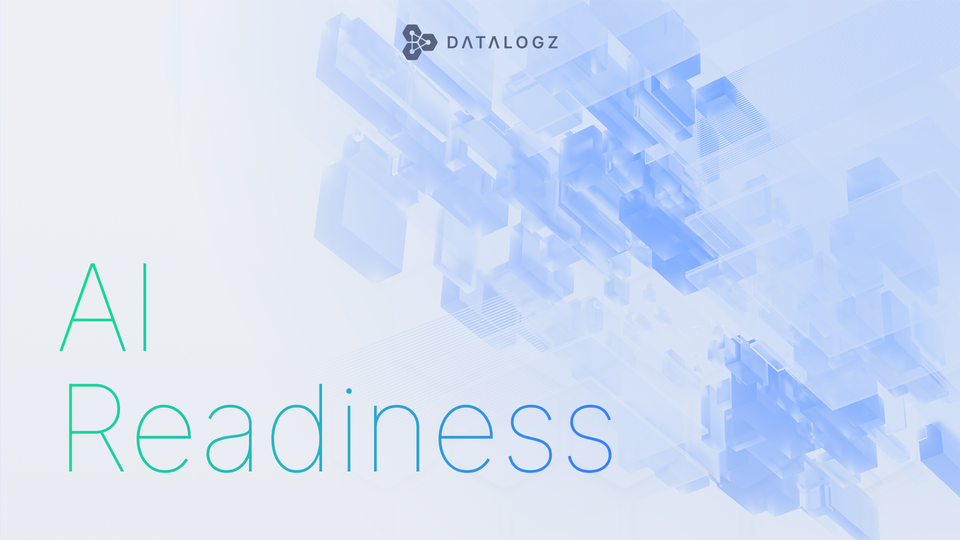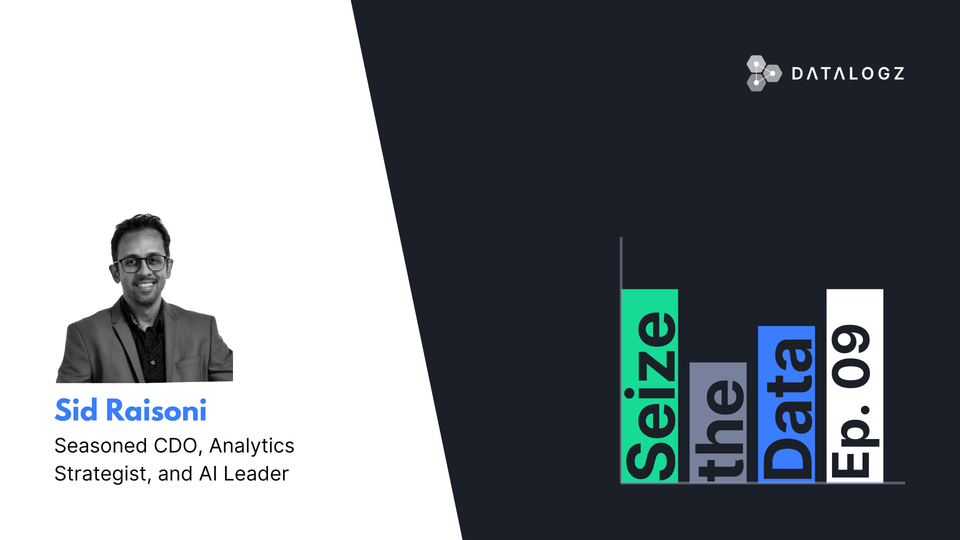How to Identify and Mitigate BI Security Risks?
Identifying vulnerabilities, implementing appropriate security controls, educating employees, and conducting regular audits and risk assessments are essential steps in mitigating BI security risks.

As organizations increasingly rely on data to make business decisions, Business Intelligence (BI) systems play a crucial role in providing relevant information to stakeholders. However, with the increasing amount of data being generated and the number of people who have access to it, BI systems have become a lucrative target for cybercriminals, making it imperative to ensure their security. In this article, we will explore how to identify and mitigate BI security risks.
Identifying Vulnerabilities
Identifying vulnerabilities is the first step in mitigating BI security risks. Organizations can use various methods to identify vulnerabilities, including penetration testing and vulnerability scans. Penetration testing is a simulated attack on a system to identify weaknesses that attackers could exploit. In contrast, vulnerability scans involve using automated tools to identify known vulnerabilities in the system. By identifying vulnerabilities, organizations can take proactive measures to secure their systems before they are exploited.
Security Controls
Implementing appropriate security controls is crucial for securing BI systems. Access control is one of the most crucial security controls for BI systems. Access control ensures that only authorized users can access sensitive data. This can be done using measures such as user authentication, role-based access control, and data classification.
Encryption is another essential security control for BI systems. Encryption is the process of converting data into an unreadable format to prevent unauthorized access. Organizations can use encryption to protect data both at rest and in transit. Data at rest refers to data stored on disk or in a database, while data in transit refers to data being transmitted over a network.
Employee Education
Educating employees on BI security best practices is crucial for maintaining BI system security. Employees should be aware of the potential risks of not following these practices, such as phishing attacks, social engineering attacks, and password cracking attempts. Organizations should provide regular training on security awareness and updates on the latest threats. By doing so, employees become an integral part of an organization's security efforts.
Regular Audits
Regular security audits and risk assessments are essential for identifying and mitigating BI security risks. Regular audits can help organizations identify weaknesses in their security controls and ensure that they are up-to-date with the latest threats. Risk assessments can help organizations prioritize their security efforts by identifying the most significant risks to their BI systems.
Business Intelligence systems play a critical role in an organization's decision-making process, making it essential to secure them from potential threats. Identifying vulnerabilities, implementing appropriate security controls, educating employees, and conducting regular audits and risk assessments are essential steps in mitigating BI security risks. By taking these steps, organizations can ensure that their BI systems remain secure and protect their data and assets from potential threats.
In conclusion, organizations must remain vigilant and adopt a proactive approach to BI system security. By implementing the necessary security controls, educating employees, conducting regular audits, and identifying vulnerabilities, organizations can mitigate BI security risks and ensure their systems remain secure. As technology continues to evolve, organizations must keep up with the latest threats to ensure their BI systems remain secure.
Key takeaways:
- Identifying vulnerabilities is the first step in mitigating BI security risks. Organizations can use methods such as penetration testing and vulnerability scans to identify weaknesses in their systems.
- Implementing appropriate security controls is crucial for securing BI systems. Access control and encryption are two of the most crucial security controls for BI systems.
- Educating employees on BI security best practices is crucial for maintaining BI system security. Employees should be aware of the potential risks of not following these practices, such as phishing attacks, social engineering attacks, and password cracking attempts.
- Regular security audits and risk assessments are essential for identifying and mitigating BI security risks. These can help organizations identify weaknesses in their security controls and ensure that they are up-to-date with the latest threats.
- By taking these steps, organizations can ensure that their BI systems remain secure and protect their data and assets from potential threats. As technology continues to evolve, organizations must keep up with the latest threats to ensure their BI systems remain secure.




